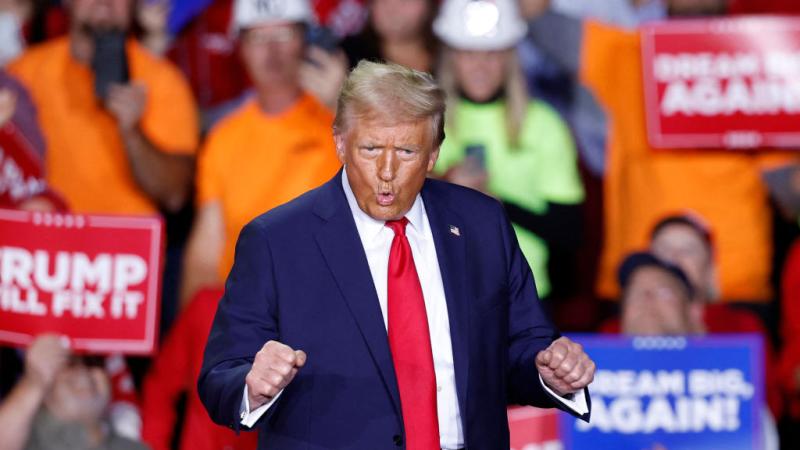After U.S.-China military crisis talks, Beijing spikes rumor that Pentagon will launch drone strike
The two-day crisis communications summit took place during a time of heightened tension in the South China Sea, and amid increased efforts by the U.S. to prosecute illegal Chinese actions in the United States.
Following a crisis communications summit between U.S. and Chinese defense officials, Beijing has squelched rumors of an impending U.S. strike on islands in the South China Sea.
"The U.S. side does not have the intention to create a military crisis and is willing to build stable, constructive, results-oriented ties with the Chinese side," said Senior Colonel Wu Qian, a spokesperson for China's defense ministry.
Wu's announcement came in the wake of an Oct. 28-29 video conference meeting of the two countries' newly established Crisis Communications Working Group.
"The meeting provided an opportunity to build mutual understanding between the U.S. military and the People's Liberation Army (PLA) on principles to prevent and manage crisis and reduce risk to forces," the Pentagon announced Thursday. "The two sides agreed on the importance of establishing mechanisms for timely communication during a crisis, as well as the need to maintain regular communication channels to prevent crisis and conduct post-crisis assessment."
The summit took place during the final lead-up to the U.S. elections, and while Defense Secretary Mark Esper joined Secretary of State Mike Pompeo in India to lead a ministerial dialogue aimed at promoting regional stability. As part of the trip, Pompeo also is traveling to Indonesia, Maldives, Sri Lanka and Vietnam.
The crisis communications summit comes also during a period of heightened tension in the South China Sea, and amid increased efforts by the U.S. to prosecute illegal Chinese actions in the United States.
Beijing on Thursday spoke harshly of those U.S. legal and diplomatic efforts, directing particular ire toward Pompeo.
"We urge Pompeo and his like to stop concocting lies to undermine China-U.S. relations and stop going further down the wrong path," said foreign ministry spokesman Wang Wenbin. He denounced Pompeo for having what Wang termed "sinister thinking and malign intent."
The remarks from the foreign ministry's Wang stood in contrast to those from the defense ministry, with its affirmations that the United States does not want to spark a military conflict.
Rumors of a possible U.S. attack surfaced on Chinese state media in September, in response to American military uniform patches that were worn for a California exercise. The patches for the annual Agile Reaper exercise this year featured a drone superimposed over an outline of China.
Beijing initially described the patches as "an extremely arrogant provocation" and viewed them as a possible sign that the U.S. was readying a plan to launch a drone strike in the South China Sea.
Beijing reframed the issue on Thursday as a misunderstanding.
"U.S. Defense Secretary Esper clarified the issue through the military diplomacy channel and said the reports were inconsistent with the facts," Wu said.
While tamping down rumors of a pending strike from the U.S., though, Wu deflected concerns about Beijing's own shows of force.
China's J-20 stealth fighter reportedly was seen at an airport within striking distance of Taiwan, and its Dongfeng-17 hypersonic missiles have been stationed along the coast.
Specifics on the locations of weapons are military secrets, said Wu, who noted that his country's Peoples' Liberation Army will defend China's territorial integrity — to include challenges from Taiwan.
"Here, I want to warn those 'Taiwan independence' secessionist forces that there is no way out for confrontation, and seeking 'Taiwan independence' with force is a dead-end road," Wu said.
China and the United States in coming months will hold additional meetings to address military humanitarian assistance, disaster relief, and maritime security, Wu said.















